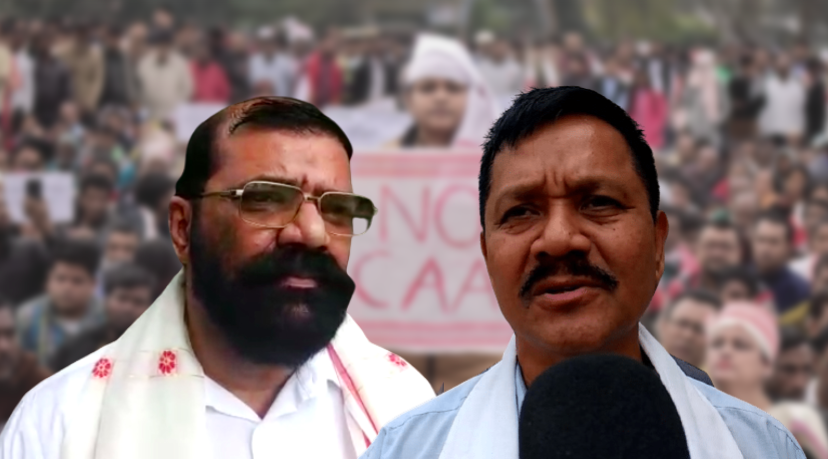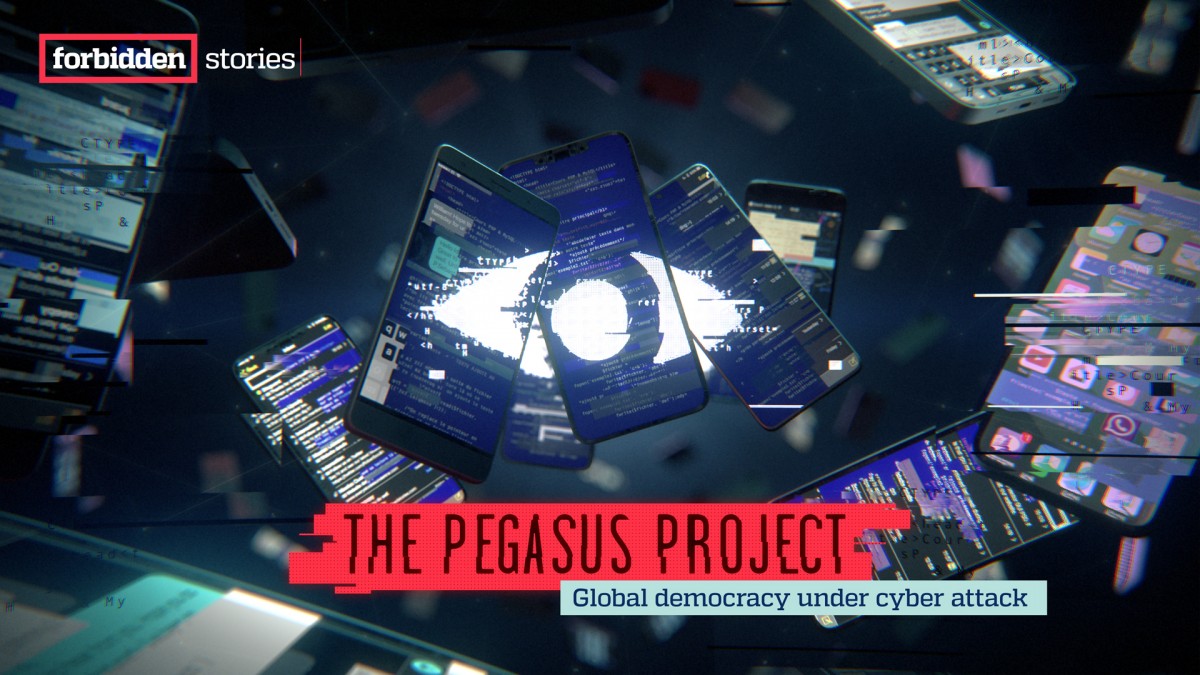New Delhi: After several years of ceasefire with the Union and state governments, the pro-talks faction of the United Liberation Front of Asom (ULFA) has signed an agreement with the Ministry of Home Affairs (MHA) to formally shun violence and disband the outfit.
The agreement, termed ‘peace accord’ by both sides, was signed in New Delhi on Friday, December 29, by Assam chief minister Himanta Biswa Sarma and Union home minister Amit Shah with the head of this faction of the ULFA, Arabinda Rajkhowa in the presence of home secretary Ajay Kumar Bhalla.
While the exact terms, clauses, and promises of the agreement have not been made public yet, a press meet held by the leaders of the Rajkhowa-faction after the signing of the agreement in Delhi said 97 of the state’s 126 assembly seats would be ‘reserved’ for indigenous people but the parameters of declaring who is indigenous would be in accordance to the broad guidelines and methodology adopted for the delimitation exercise carried out in the state in 2023. The ULFA leaders told reporters that the MHA has told them that the Union government “would consider” recommending to the Election Commission of India to follow the same guidelines for future delimitation in the northeastern state.
An investment of Rs 1.5 lakh crore, staggered through years, is also a Union government’s promise under the agreement, besides declaring Assam’s annual floods as a ‘national priority’.
As per the agreement, the government is likely to form a committee soon to look into reservations for the Other Backward Classes (OBCs) at the panchayat level; also relook at the updated National Register of Citizens (NRCs) and make voter enumeration process stricter; and land evicted by encroachers would to be distributed among landless indigenous people. A committee would look into the issue of sick tea gardens too.
The outfit’s founding leaders including Anup Chetia and Sasadhar Choudhury present at the press meet said they would disband the outfit; their cadres would vacate the designated camps being run by the government since 2008; their arms kept in joint custody with the government since would be surrendered to the authorities too. They also said they have no political ambitions.
About the implementation of the Citizenship Amendment Act (CAA), they said the Centre has agreed that it would not be implemented in the state till the Supreme Court, which is hearing a set of petitions on it, gives its final judgment.
After the signing of the agreement, both Shah and Sarma termed it a ‘historic’ and a ‘golden day’ for Assam. Shah gave all credit to Prime Minister’s Narendra Modi’s “vision for a prosperous, peaceful and developed Northeast”.
In turn, Modi, on X, said the agreement “marked a significant milestone in Assam’s journey towards peace and development”.
Today marks a significant milestone in Assam’s journey towards peace and development. This agreement, paves the way for lasting progress in Assam. I commend the efforts of all involved in this landmark achievement. Together, we move towards a future of unity, growth, and… https://t.co/Y8sqPr1KPJ
— Narendra Modi (@narendramodi) December 29, 2023
Opposition leaders in Assam have, however, termed it a “political gimmick” before the 2024 parliamentary polls.
“This pact does not look like an agreement between a sovereignty seeking group and the government. Many of the clauses mentioned in the agreement are just some routine duties of any elected government,” leader of the opposition Debabrata Saikia told PTI in Guwahati.
Saikia said, “The government said Rs 1.5 lakh-crore investment will be made. This is a natural duty of a government. I hope that a new rich contractor class is not created out of this.” He also underlined that the agreement has no mention of the Assam Accord of 1985.
Demanding that the government make the agreement public, CPI(M) Assam state secretary Suprakash Talukdar told PTI, “The Assam CM has been repeatedly saying that without the participation of ULFA(I) chief Paresh Barua in this process, it won’t fructify. So what will be the outcome of this accord? Is the CM sticking to this position now also?”
Calling the pact “disgusting”, Raijor Dal President and MLA Akhil Gogoi wondered whether it is a peace agreement or an “election manifesto of the BJP”.
“It has not fulfilled any of the aspirations of the Assamese people. Land, political and economic rights, culture, language and identity – nothing of these have been protected through the pact,” Gogoi said.
Though the cadres have been in designated camps since 2008, the Rajkhowa faction of the ULFA signed a ceasefire agreement with the United Progressive Alliance (UPA) government only in 2011, and has since been in negotiations with the Centre for a peace deal. Several times, the Centre’s interlocutors have been changed; twice by the Narendra Modi government, leading to a break in the negotiations.
In the UPA era, though the Rajkhowa group had shunned the demand to the Centre to discuss the sovereignty’ issue of Assam, the Paresh Barua faction of the outfit – ULFA-Independent – has not. The Barua faction, estimated to be smaller in size than the Rajkhowa’s overground faction, is said to be camping in Myanmar.
Signing the agreement, Rajkhowa also acknowledged the contribution of former prime minister Manmohan Singh and former Assam chief minister Tarun Gogoi for having started the peace process.









 Tucked away in the leaked list of thousands of phone numbers that were analysed by Pegasus Project partners, is one that belongs to Bhattacharjee.
Tucked away in the leaked list of thousands of phone numbers that were analysed by Pegasus Project partners, is one that belongs to Bhattacharjee.




